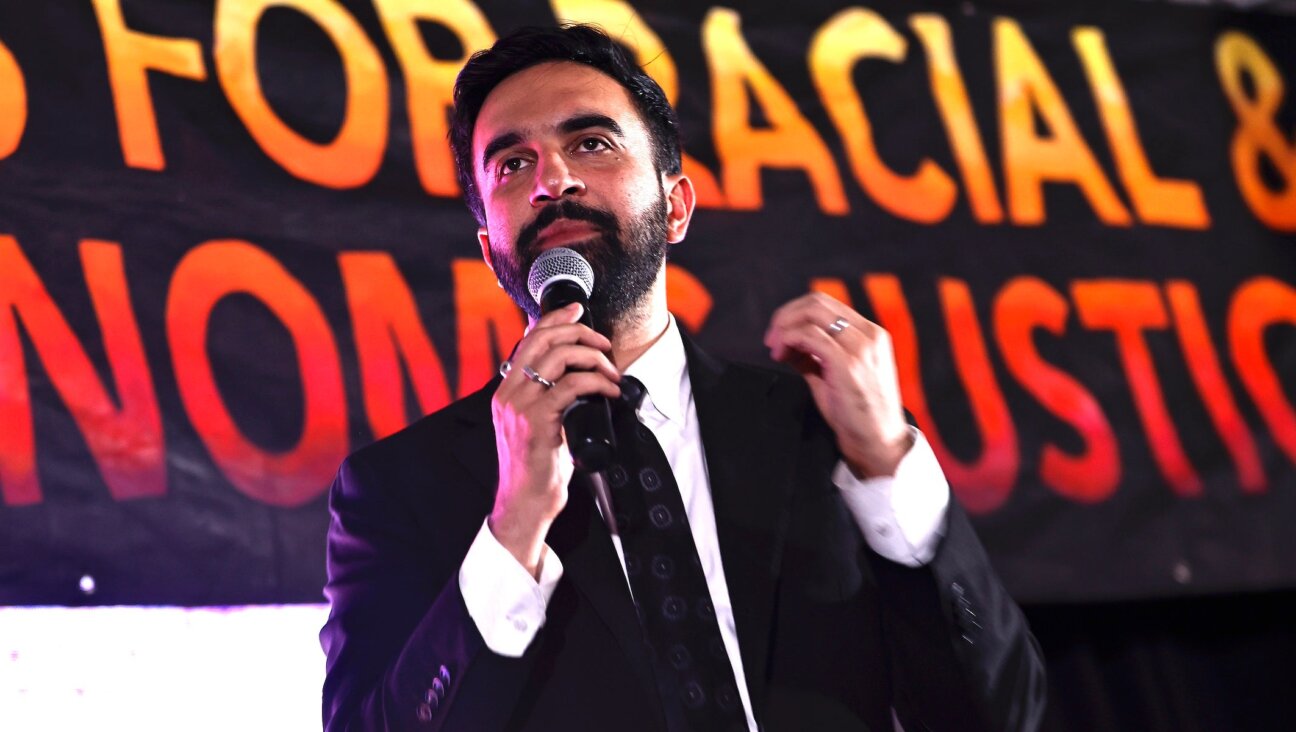Benjamin Netanyahu Meets Yair Lapid in Push for Israeli Coalition

Best Pals: Benjamin Netanyahu has met with Yair Lapid in an effort to hash out a new coalition. Image by getty images
Prime Minister Benjamin Netanyahu met on Thursday with Yair Lapid, the surprise runner-up in an election last month, to try to draw him into a broad government that could bridge Israel’s religious divide.
In the Jan. 22 ballot, centrist candidate Lapid’s rallying cry, “equal sharing of the burden”, touched a nerve among voters angered by military exemptions granted to ultra-Orthodox students and state stipends for large, religious families.
Lapid, a former TV anchorman who leads the new middle-of-the-road Yesh Atid, has been publicly sparring with Netanyahu, even suggesting that he could become Israel’s next leader within 18 months should Netanyahu fail to form a stable government.
Netanyahu, looking to clear the air just days after the president asked him to form the next government, held a two-hour session with Lapid to lay out his vision for a coalition of centre, rightist and religious parties.
“The meeting … was conducted in a very good atmosphere. It was a agreed that another meeting between the two would be held soon,” Yisrael-Beitenu and Yesh Atid said in a brief joint statement.
In a major political surprise, Yesh Atid captured 19 of parliament’s 120 seats, compared with 31 for Yisrael Beitenu, which had 42 legislators in the previous Knesset.
Netanyahu needs at least 61 seats for a parliamentary majority and has 42 days to do it. He has several options, ranging from a narrow coalition with traditional right-wing and religious partners to broader alliances with centrist parties.
A government with centrist partners could help Netanyahu project a more moderate image as he prepares for a visit to Israel this spring by U.S. President Barack Obama, with whom he has had a testy relationship.
Two major international issues – frozen peace talks between Israel and the Palestinians and possible Israeli military action against Iran’s nuclear programme – were eclipsed during much of the election campaign by domestic social and economic concerns.
For Netanyahu, adding ultra-Orthodox parties – traditionally focused on their religious constituencies rather than on foreign policy – to a governing coalition could make it easier to leave out far-right factions and move forward in peacemaking.
“The voter wanted Netanyahu to be prime minister and Lapid to be the senior partner,” Vice Premier Silvan Shalom of Likud-Beitenu told Army Radio before the two convened at the prime minister’s Jerusalem residence.
“And the voter also wanted there to be a national unity government … so we would like to see everyone inside,” Shalom said. “We are making every effort vis-a-vis the ultra-Orthodox, too. They also understand that times have changed, that something must be done.”
Most Israeli men and women are called up for military service for up to three years when they turn 18. However, exceptions are made for most Arab citizens of Israel, as well as ultra-Orthodox men and women.
About 60 percent of ultra-Orthodox men engage in full-time Jewish religious studies, keeping them out of the labour market and burdening the economy and state resources.













